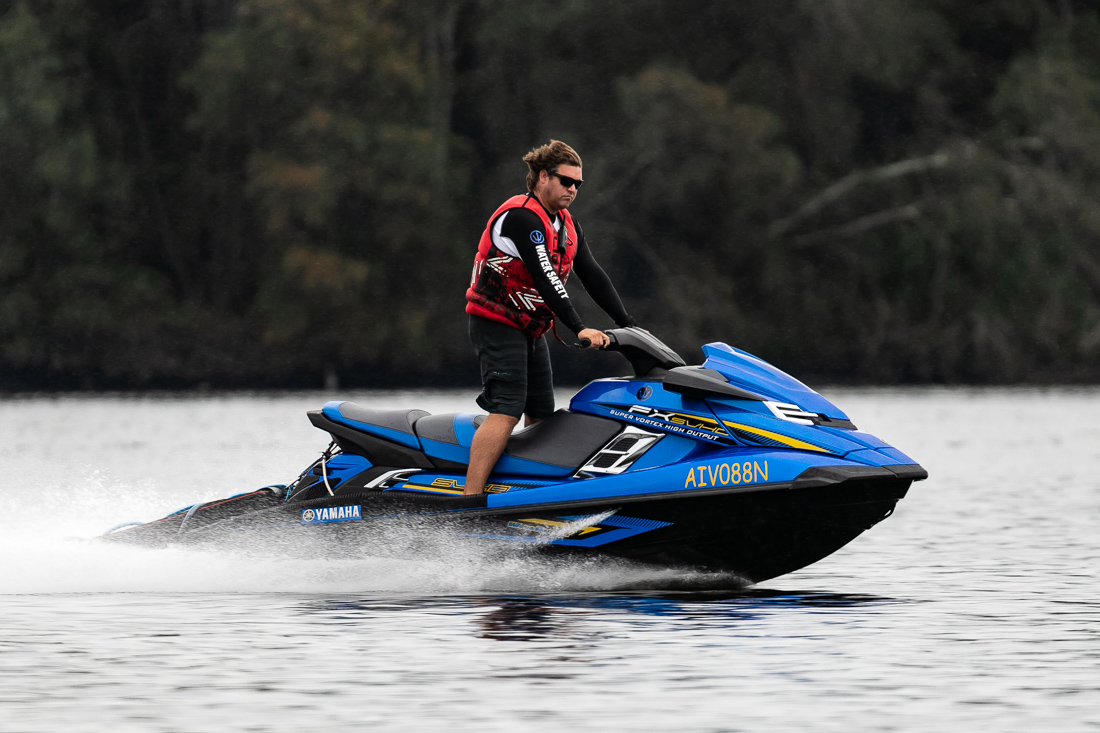Speed – Adrenalin vs. Risk

Nothing feels better than getting out onto the water over summer, teaming up with mates for an early morning ride, cruising the rivers with family, or rides that get the adrenaline flowing. It’s an irresistible combination of freedom, fun and performance that’s driven sales of jet skis – also known as personal watercraft (PWC) – higher each season, particularly supercharged PWCs.
But with speed and performance comes responsibility and additional precautions. Speed and keeping a safe distance continue to be big concerns in the general boating community, especially around crowded areas like ramps, moorings and jetties. So here’s some tips to take on board:
- You and your passengers should always wear a lifejacket
- If you can’t stop in time to avoid collision, you’re going too fast
- Always ride under the sign posted speed limit to keep everyone safe on the water.
- Always ride to the conditions and slow down in wet weather, when visibility is poor, or, if there are lots of boats about or people in the water.
- Keep a safe distance at all times from the shore, structures, other craft and people in the water.
- Consider your PWC’s handling at different speeds, especially in waves or chop, and slow down or adjust your course for a safe and comfortable ride.
- Irregular riding, tricks and sharp turns should be carried out well clear of others.
- Follow the rules for safe and responsible riding on NSW waterways with the PWC Handbook (https://www.rms.nsw.gov.au/documents/maritime/licence/personal-watercraft-handbook.pdf)
- Ride responsibly or risk penalties such as heavy fines, loss of licence or even loss of craft.
Speed can be deceptive. What may seem slow to you can be startling for other people on the waterway. Modern PWCs are quiet, fast and highly manoeuvrable, even in swell and choppy water, and you may suddenly be passing another waterway user without much warning for either of you. If you feel they haven’t seen you it never hurts to slow down and acknowledge their presence with a friendly wave when passing.
All PWC riders should be up for the challenge of educating new riders about expectations on the water. If you are leading a group ride then be aware that your behaviours – like wearing a lifejacket, your choice of speed and maintaining safe distances from hazards – will be on show and a model for others to follow.
Pushing the boundaries and taking risks is not a badge of honour. Young men are shown to be over-represented in boating incident statistics. A lack of judgement and awareness of your situation and surrounds, combined with the manoeuvrability and speeds of PWCs, contribute to incidents, sometimes with very serious consequences. Over a 10 year period to the end of June 2019 there were five fatalities, 72 serious injuries and 189 incidents involving PWCs.
It’s obvious that the faster you go, the less time you have to avoid any sudden hazards and the greater the potential force of impact. Also, what is safe in one situation might be very dangerous in another. For example, it’s more risky to be travelling at high speeds in dense fog or heavy rain as you cannot spot hazards easily.
Make it a habit from start to finish – ride safely, ride responsibly – and enjoy a great day out on the water.
